By: Guy Apple*
 For a similar quality, VIDEO over IP today is still very expensive, particularly if perceived from a total property value perspective. Given the current economic pressures, most end-users are faced with shrinking surveillance budgets. The good news is that you can move forward in a way that is sustainable for this change and not exceed your budget.
For a similar quality, VIDEO over IP today is still very expensive, particularly if perceived from a total property value perspective. Given the current economic pressures, most end-users are faced with shrinking surveillance budgets. The good news is that you can move forward in a way that is sustainable for this change and not exceed your budget.
First, stop installing coaxial cable. Better use a structured cabling network to install a hybrid video system. Migrating to IP doesn't necessarily mean that your systems have to be limited to IP cameras connected with unshielded twisted pair (UTP) cable or fiber or just analog cameras with coaxial.
On the other hand, the hybrid system with UTP takes advantage of a mixture of analog cameras, encoders and digital video recorders (DVRs) in a structured cabling network.
Trends in the transmission of surveillance networks have changed dramatically.
In its beginnings:
-The coaxial dominated
-Other technologies were used to solve problems
-"Convergence" was a term used in other industries
At present:
-The UTP has gained wide acceptance
-The IP has generated a lot of expectation but is moving slower than expected
All technologies are growing at the expense of coaxial cable
The future:
-Hybrid video solutions will be the essential in the market
-The IP will continue to experience growth
The convergence of information technology (IT) and physical security will accelerate. The push for convergence will come from the need for enterprise organizations to integrate all physical safety net functionality under a single management and service platform.
Why a structured cabling infrastructure?
Structured cabling should be used in all hybrid surveillance systems. In these, the implemented media can decrease the cost of the system and increase the choice of products, whether you are using an analog or Ethernet system as a video transmission method or not.
Structured cabling has been used in the world of local area network (LAN) and telecommunications data for decades. It installs quickly, can be easily changed, and can be certified to an industry standard. This rating for a performance standard depends on the components used (category 5e, category 6 increased) and whether the EIA/TIA installation rules are followed.
Unshielded twisted pair (UTP) cable
The four-pair UTP is a true tool for transmission in both analog and IP surveillance systems. For a hybrid video system, only one pair of UTP cables transmits analog video, allowing the three unused pairs to be employed for other things, usually power and telemetry.
Advantages of a hybrid video network
-Allows you to transmit analog video up to 1.6 km and supplies low-voltage camera power (at a low cost) over distances greater than PoE (power over Ethernet).
-Use analog cameras and hybrid DVRs to deliver the best of both worlds.
It transmits 60 frames per second in high-resolution video with little impact on the LAN.
-Only one IP address per DVR compared to multiple IP addresses for each camera.
-Scheduled network maintenance will not stop the recording of a hybrid system.
-There is no latency in telemetry or video.
-Virus protection issues are limited to the DVR instead of all cameras
It offers an affordable, rules-based migration path for a full IP.
Hybrid solution
UTP-type structured cabling shows a certifiable/testable cable plant laying, from the control center or main data block (MDF) through the backbone/output pipe to the intermediate data block (IDF) and to the termination closest to the network cameras.
When using coaxial, you need to pull three separate cable types to achieve the same functionality. The same advantages of the 4-pair UTP cable apply to IP systems; a single 4-pair cable can carry the IP video signal over Ethernet, power the camera using Power over Ethernet (PoE), and control panning/tilt/zoom (PTZ).
Power, video and data illustrate what a transceiver transmission system looks like, as it adds equipment that supplies power to the camera, transmits video and telemetry through a basic UTP-type structured cabling network.
The advantages of hybrid video
Structured cabling using a hybrid system is an economical and smart choice. Labor is an important component of the cost of any installation.
When implementing an analog camera system, large reductions in cost can be achieved by using a multi-pair UTP cable (25, 50, 100 pairs, etc.) between the IDF and MDF cabling cabinets.
When the time is right to dive into the digital wave, simply disconnect the transceivers and install the digital camera and related PoE equipment as specified without the need for changes to the cabling infrastructure. The largest part is already installed and the expense has already been made on it.
There are options regarding the media used for the cabling infrastructure, which are adapted to other options for flexible migration. The most common medium for IP transmission is UTP.
UTP will support LANs and data centers and take them to the next level of transmission performance and match the current higher speed offered by fiber. As a result, physical security networks, LANs, and data centers can be improved today for tomorrow's protocol, all at a better price and in a standard, well-recognized size. Whether you implement a system, analog, hybrid or IP end-to-end, UTP should be taken into account and consideration.
*Guy Apple is the vice president of marketing and sales for Network Video Technologies.



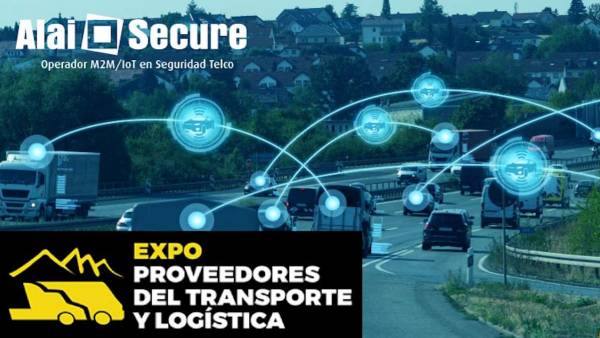
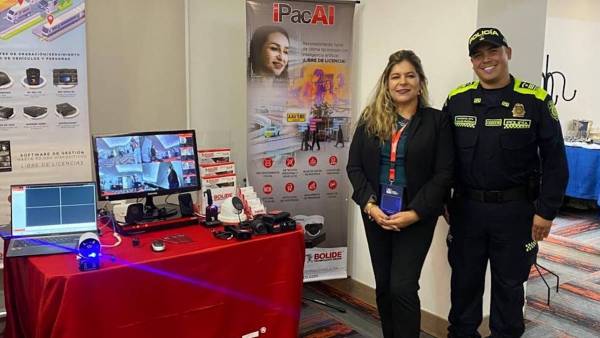
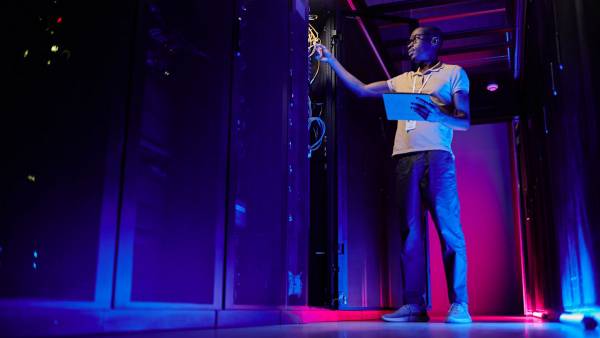


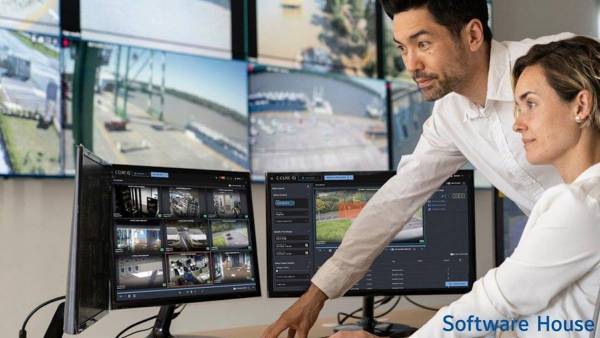
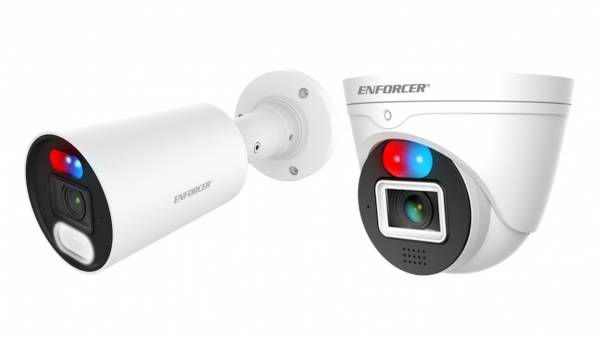














Leave your comment